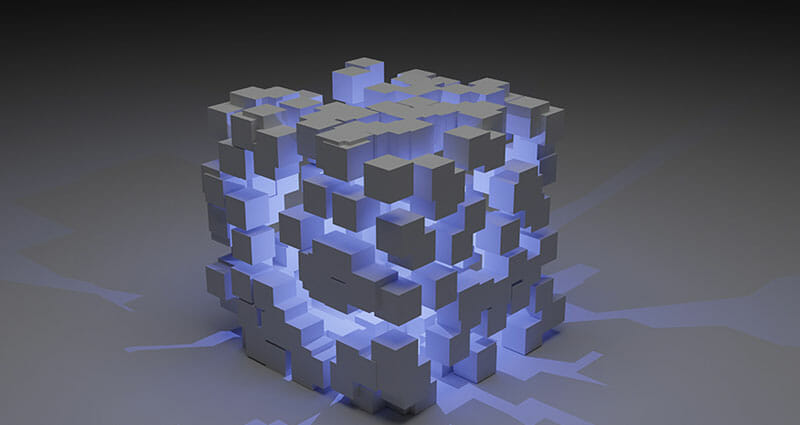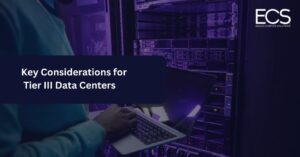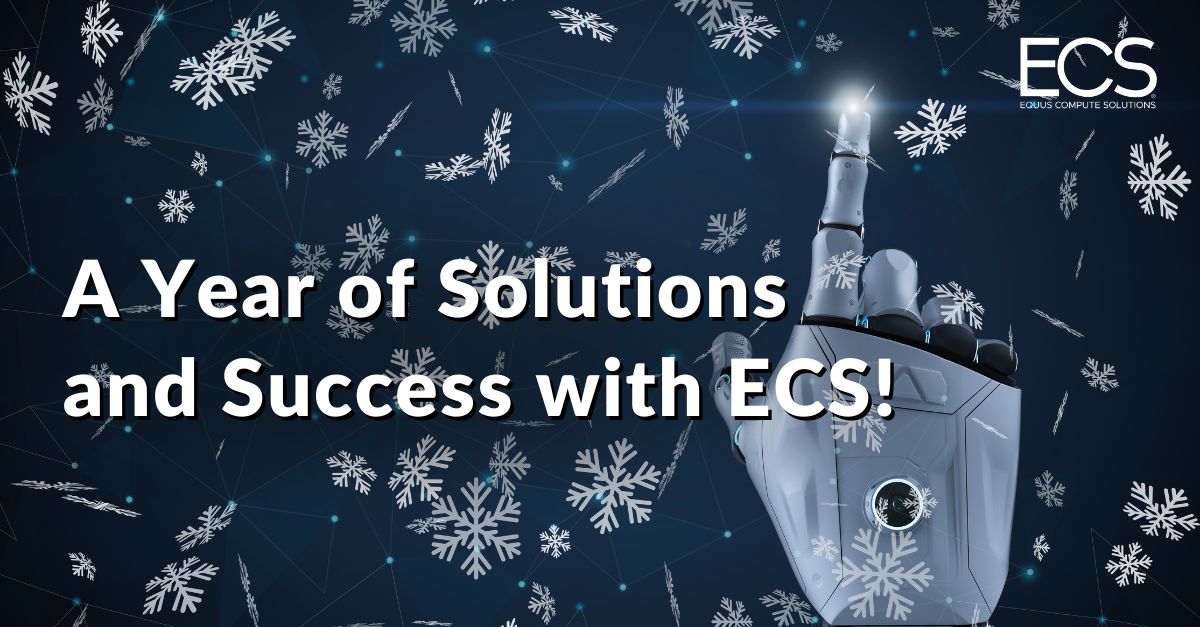If you’ve ever bought or sold anything on Craigslist, you understand why financial processes are so clunky. Meeting in a Starbucks parking lot or giving a stranger your home address never instills the confidence you would like.
Security with financial transactions is complicated and, up until this point, has typically required a third-party institution serving as the middleman who facilitates the transaction. Blockchain has created a new way for two institutions to interact while maintaining that needed trust.
Blockchain uses a digital ledger confirmed by a network of decentralized computers to guarantee the immutability and reliability of transactions. There have been challenges along the way, but despite that, it remains a promising technology, especially in the financial sector. However, these advantages don’t come without infrastructure challenges. We’ll look at the hardware requirements of blockchain and why organizations should embrace the technology only after considering these implications.
Blockchain and High-Performance Hardware Go Hand in Hand
Blockchain was created to provide users with a decentralized, transparent, and immutable system. It takes serious hardware to host the networks that blockchains run on. However, your exact needs will depend on your specific use case, so we’ll look briefly at blockchain’s computing needs in general. There are three essential characteristics of hardware that support blockchain.
- High-performance computing capabilities
- Redundant systems that protect data
- Scalable hardware that allows the network to grow with your users
A notable feature of blockchain is that it distributes the computing needs between a network of users mining, staking, or performing some action that collectively powers the chain. Even so, those who want to develop a solution based on blockchain or are simply interested in mining or staking will need quality hardware.
Consider that when bitcoin first started, users were able to generate modest rewards with powerful CPUs. Today, to get similar returns, users need powerful ASIC miners dedicated solely to the task of mining. So if you’re interested in mining cryptocurrency, the most important component is a powerful processor. You’ll also need to do the math to ensure that your profit per day exceeds your electricity costs and pay off your hardware investment in an acceptable time frame.
For businesses exploring a blockchain solution, there are more considerations. For example, a manufacturer who wants to improve supply chain visibility would need to consider current IT infrastructure, supplier technology, and edge computing capabilities. These three pieces of infrastructure are all integral to the speed of your blockchain network — one of its main selling points.
What Might Internal Blockchain Infrastructure Look Like?
Blockchain isn’t that different from other advanced computing technologies like AI and machine learning. Processing power and storage are core elements. While the general blockchain work is distributed throughout the network, fast processing speeds will ensure that your system isn’t the bottleneck when processing transactions at scale. Storage is also indispensable as blockchain is data-heavy, and low latency storage will improve your network speeds.
At Equus, we help our partners build custom infrastructure for their advanced computing needs. We interview their team to understand their requirements and help them develop solutions that they can scale and deploy with ease. If you want to build hardware to support your blockchain needs, let’s talk.








